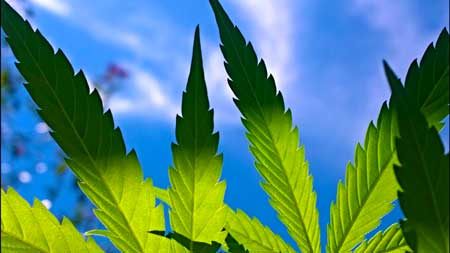I was reading Rosenthal, and that is my question. What everyone refers to as the pistils are not pistils: they are stigmas. And I think what I've been referring to as the calyx is actually the bract.
This is off Leafly:
Stigma and Pistil
The pistil contains the reproductive parts of a flower, and the vibrant, hairlike strands of the pistil are called stigmas. Stigmas serve to collect pollen from males. The stigmas of the pistil begin with a white coloration and progressively darken to yellow, orange, red, and brown over the course of the plant’s maturation. They play an important role in reproduction, but stigmas bring very little to the flower’s potency and taste.
Bract and Calyx
A bract is what encapsulates the female’s reproductive parts. They appear as green tear-shaped “leaves,” and are heavily covered in resin glands which produce the highest concentration of cannabinoids of all plant parts. Enclosed by these bracts and imperceptible to the naked eye, the calyx refers to a translucent layer over the ovule at a flower’s base.
This is off Leafly:
Stigma and Pistil
The pistil contains the reproductive parts of a flower, and the vibrant, hairlike strands of the pistil are called stigmas. Stigmas serve to collect pollen from males. The stigmas of the pistil begin with a white coloration and progressively darken to yellow, orange, red, and brown over the course of the plant’s maturation. They play an important role in reproduction, but stigmas bring very little to the flower’s potency and taste.
Bract and Calyx
A bract is what encapsulates the female’s reproductive parts. They appear as green tear-shaped “leaves,” and are heavily covered in resin glands which produce the highest concentration of cannabinoids of all plant parts. Enclosed by these bracts and imperceptible to the naked eye, the calyx refers to a translucent layer over the ovule at a flower’s base.

Comment